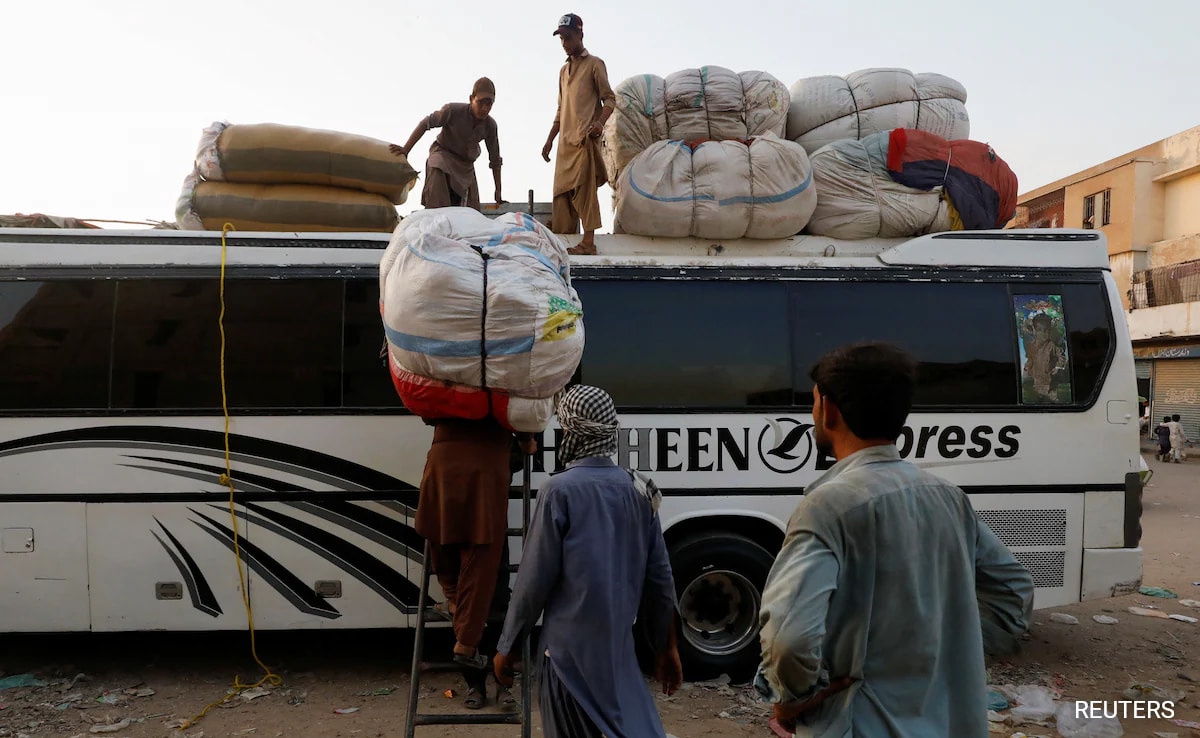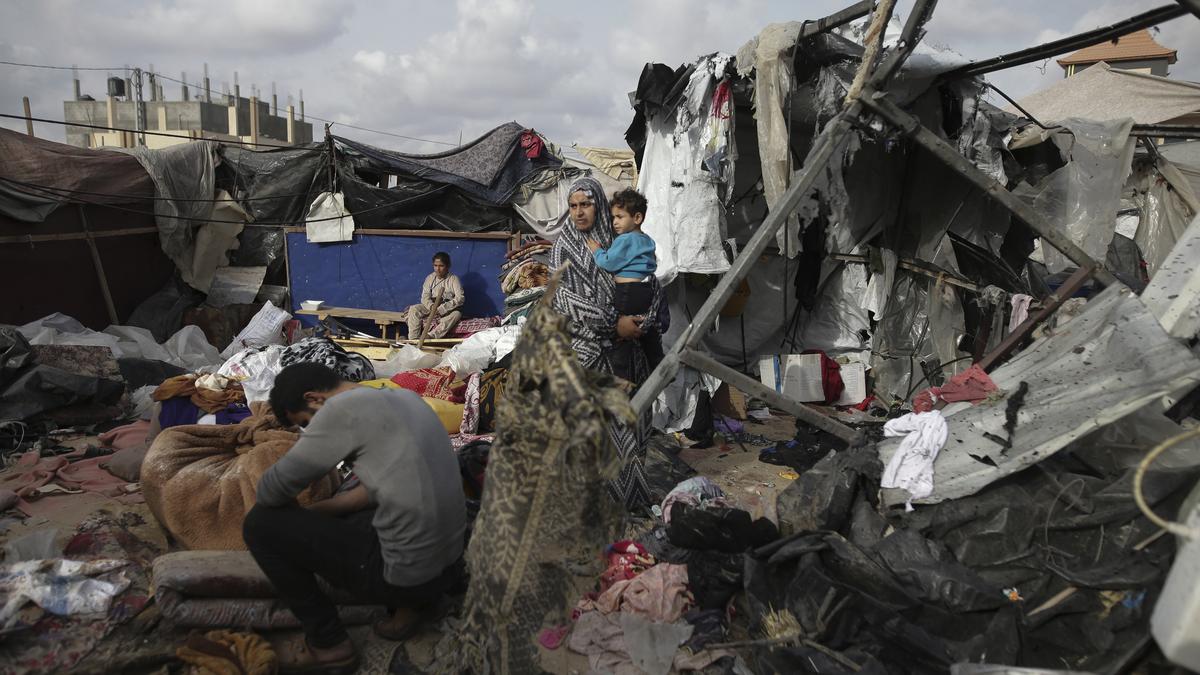Israeli soldiers drive a tank near the Israeli-Gaza border, in southern Israel, Wednesday, June 5, 2024. File.
| Photo Credit: AP
The Israeli military on June 16 announced a “tactical pause” in its offensive in the southern Gaza Strip to allow the deliveries of increased quantities of humanitarian aid.
The army said the pause would begin in the Rafah area at 8 a.m. (0500 GMT, 1 a.m. eastern) and remain in effect until 7 p.m. (1600 GMT, noon eastern). It said the pauses would take place every day until further notice.

The pause is aimed at allowing aid trucks to reach the nearby Israel-controlled Kerem Shalom crossing, the main entry point for incoming aid, and travel safely to the Salah a-Din highway, a main north-south road, to deliver supplies to other parts of Gaza, the military said. It said the pause was being coordinated with the U.N. and international aid agencies.
The crossing has suffered from a bottleneck since Israeli ground troops moved into Rafah in early May.
Israel’s eight-month military offensive against the Hamas militant group has plunged Gaza into a humanitarian crisis, with the U.N. reporting widespread hunger and hundreds of thousands of people on the brink of famine. The international community has urged Israel to do more to ease the crunch.
From May 6 until June 6, the U.N. received an average of 68 trucks of aid a day, according to figures from the U.N. humanitarian office, known as OCHA. That was down from 168 a day in April and far below the 500 trucks a day that aid groups say are needed.
The flow of aid in southern Gaza declined just as the humanitarian need grew. More than 1 million Palestinians, many of whom had already been displaced, fled Rafah after the invasion, crowding into other parts of southern and central Gaza. Most now languish in ramshackle tent camps, using trenches as latrines, with open sewage in the streets.

COGAT, the Israeli military body that oversees aid distribution in Gaza, says there are no restrictions on the entry of trucks. It says more than 8,600 trucks of all kinds, both aid and commercial, entered Gaza from all crossings from May 2 to June 13, an average of 201 a day. But much of that aid has piled up at the crossings and not reached its final destination.
A spokesman for COGAT, Shimon Freedman, said it was the U.N.’s fault that its cargos stacked up on the Gaza side of Kerem Shalom. He said the agencies have “fundamental logistical problems that they have not fixed,” especially a lack of trucks.
The U.N. denies such allegations. It says the fighting between Israel and Hamas often makes it too dangerous for U.N. trucks inside Gaza to travel to Kerem Shalom, which is right next to Israel’s border.
Editorial | One more chance: On Israel and the Biden three-phase ceasefire plan
It also says the pace of deliveries has been slowed because the Israeli military must authorize drivers to travel to the site, a system Israel says was designed for the drivers’ safety. Due to a lack of security, aid trucks in some cases have also been looted by crowds as they moved along Gaza’s roads.
The new arrangement aims to reduce the need for coordinating deliveries by providing an 11-hour uninterrupted window each day for trucks to move in and out of the crossing.
It was not immediately clear whether the army would provide security to protect the aid trucks as they move along the highway.














